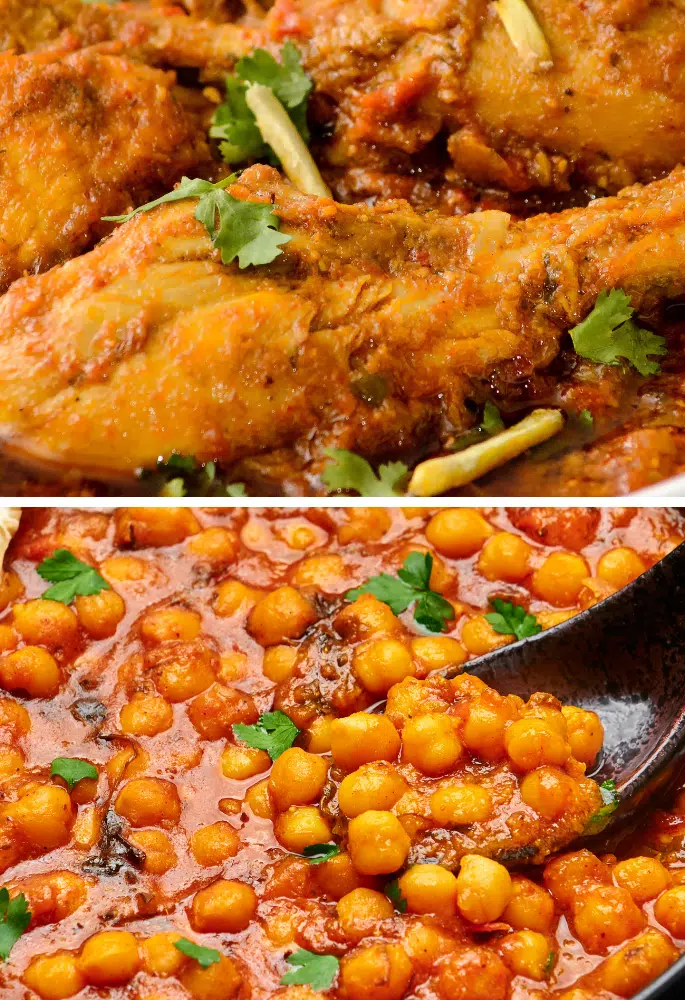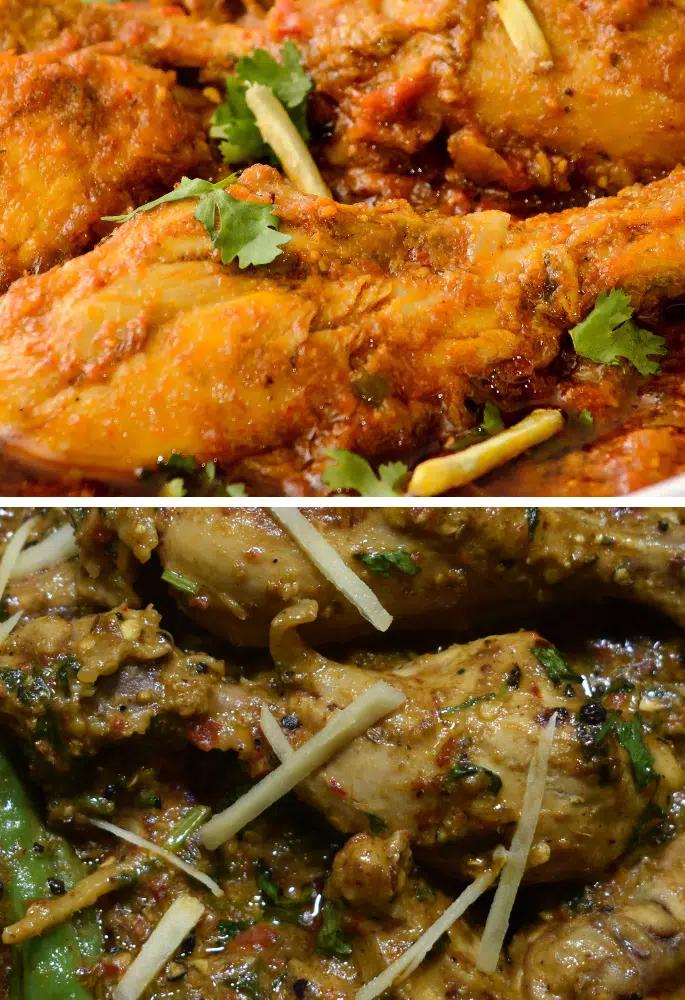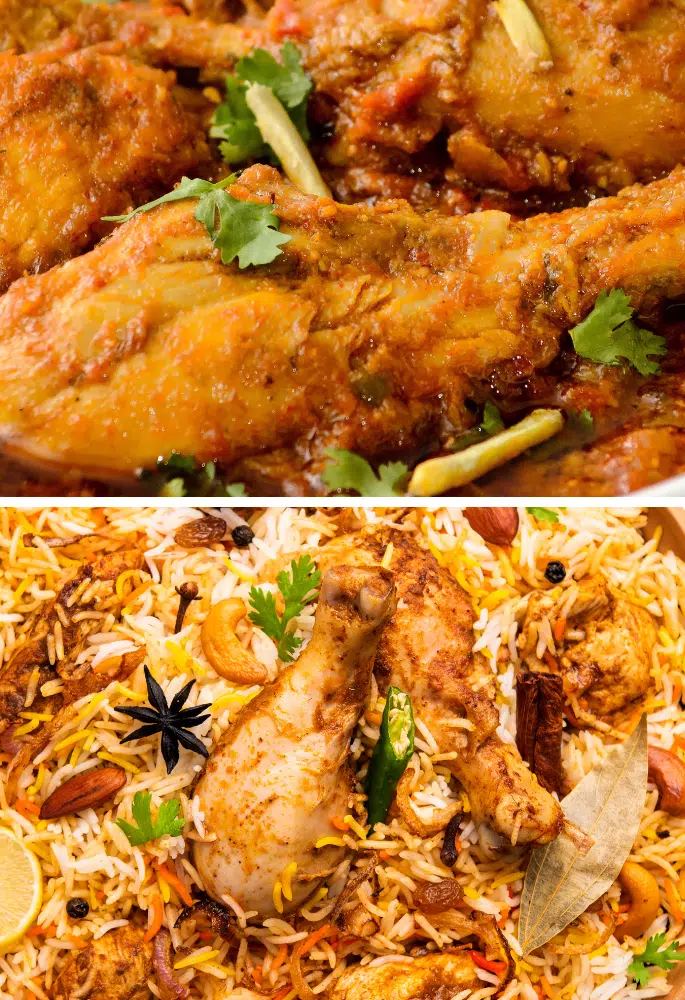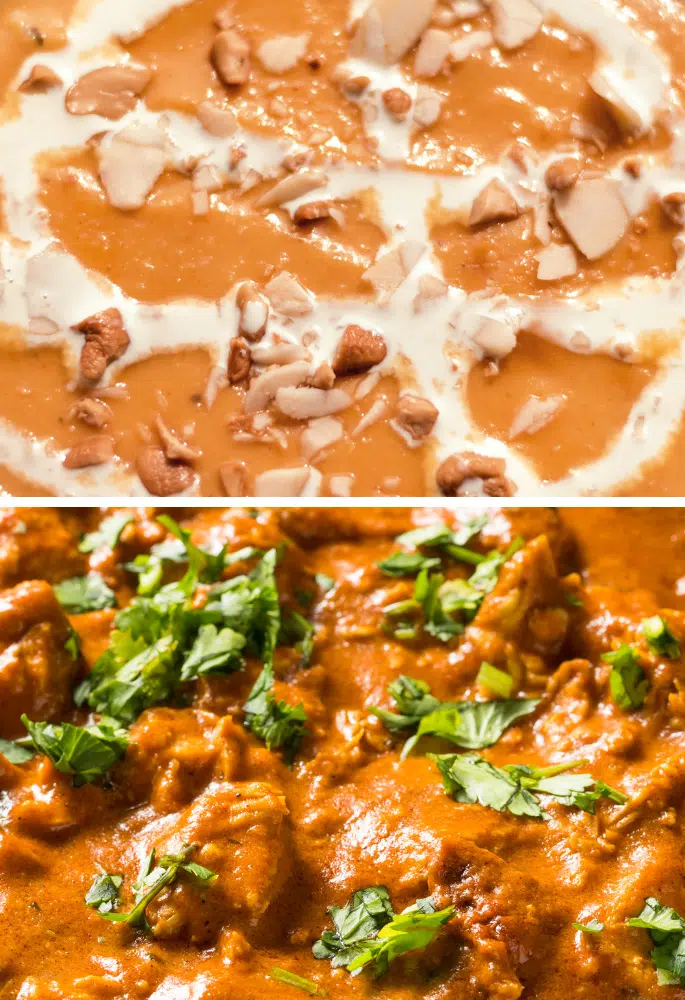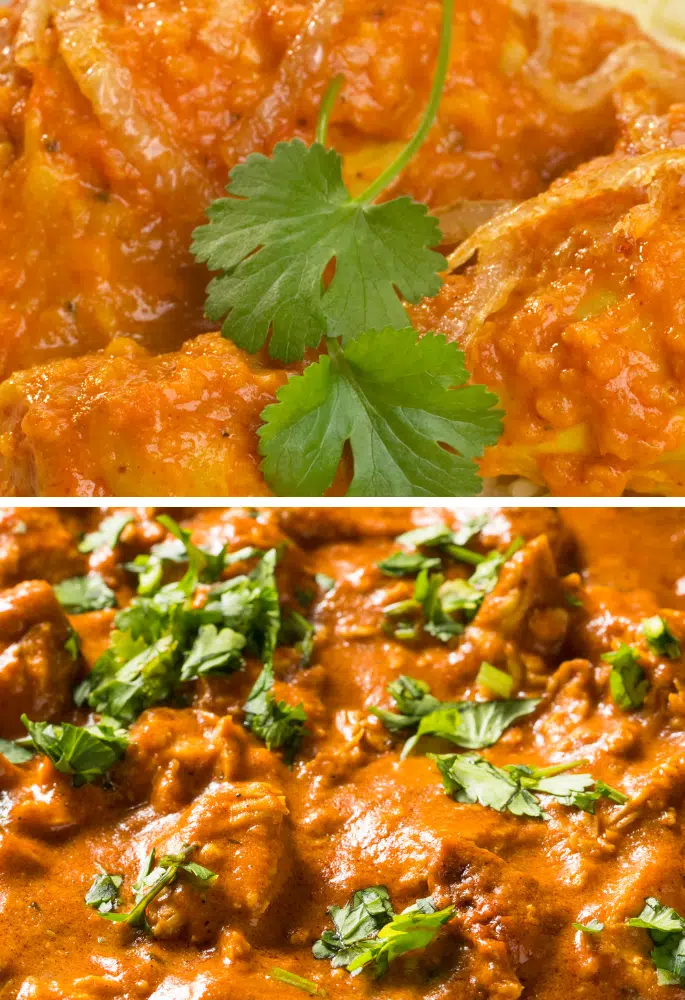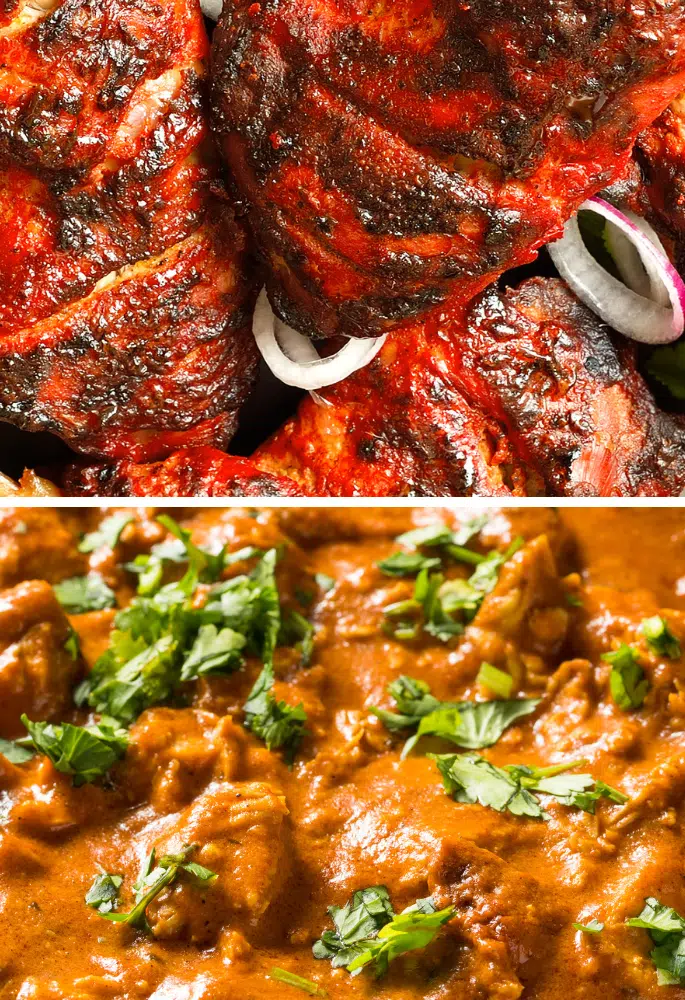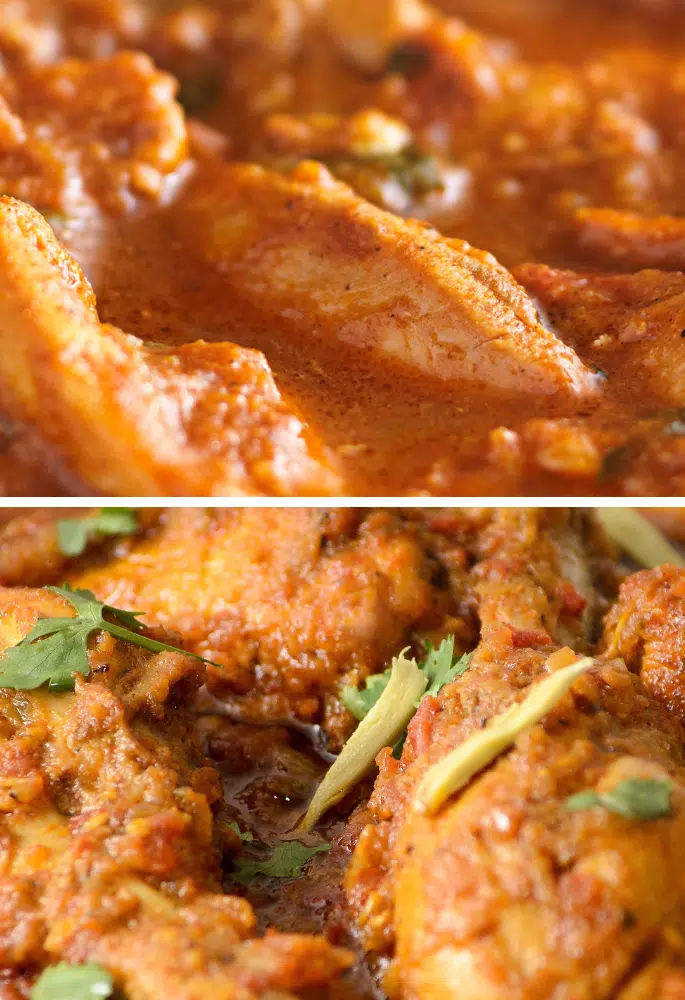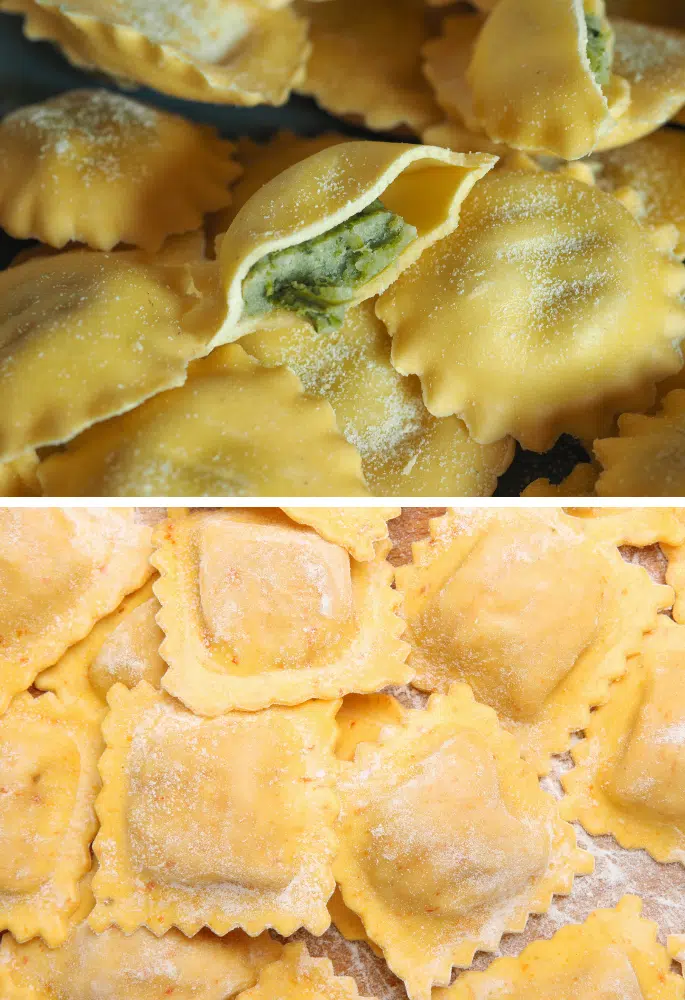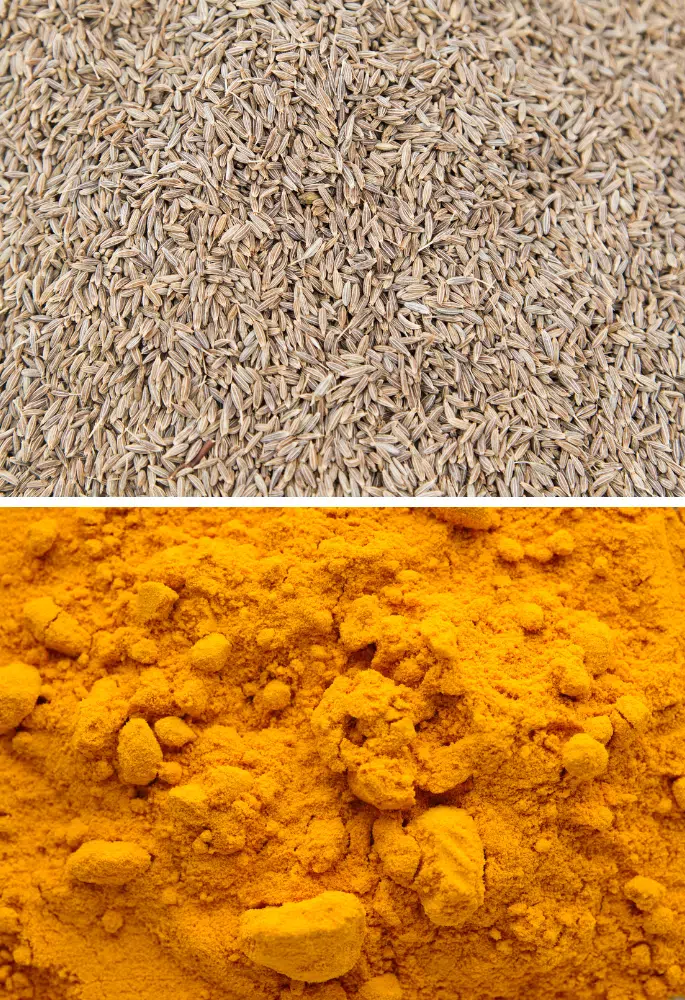Have you ever taken a trip to your favourite Asian restaurant or even gone to Asia yourself and been completely overwhelmed with so many delicious dishes that you ended up choosing something you’ve had a thousand times before? Don’t worry; you’re not the only one.
There are countless iconic dishes within Asia’s cuisine, but the real treats are those hidden gems you may never have heard of. How does one of those dishes (yakitori) compare to the world-renowned teriyaki?
Though yakitori and teriyaki follow very similar cooking techniques and use nearly identical glazes to flavour the meat or fish, teriyaki dishes are undeniably sweeter than yakitori because of the excessive use of sugar or honey in its glaze.
What is Yakitori?
It may seem like a very literal definition, but in Japanese, yakitori means grilled bird, which is quite fitting considering that yakitori is a Japanese dish comprised of meat skewered and grilled.
Typically, chicken is used for a yakitori skewer, but there are other variations, depending on who makes the dish.
A large part of yakitori is the charcoal fire on which it is cooked. This is because charcoal can get super hot without letting off too much steam, allowing the meat to get crunchy and cook quickly, hence why you are likely to find yakitori in every hot street food location in Japan.
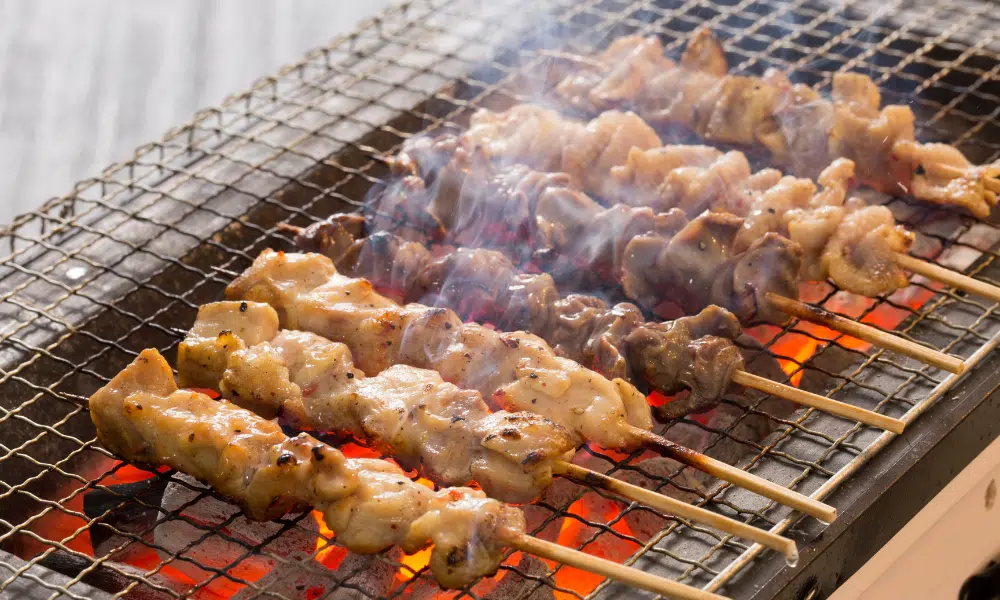
The meat can be seasoned in two ways, either with plain salt or in a tare sauce, a sweeter sauce made up of mirin, soy sauce, sugar, and sake.
However, there are plenty of seasoning variations, including wasabi and chillies.
What is Teriyaki?
When most people hear teriyaki, the first thought that comes to mind is teriyaki chicken, specifically the glaze used to flavour the chicken.
However, teriyaki actually refers to the Japanese cooking method that requires meat or fish to be smothered in a sugar-rich glaze and then grilled.
In its origin country of Japan, teriyaki is a method traditionally used for cooking fish, but has since been adapted to include both white and red meat, especially since other cuisines across the world have adapted the cooking method.
A teriyaki dish is more than a specific cooking method, though. It also has to include a glaze high in sugar to give the grilled protein of choice what can only be called a shine.
Soy sauce and mirin are also used in the glaze to balance the rich sweetness and help to tenderise the fish or meat, but the sugar is the real star of the dish.
Similarities Between Yakitori and Teriyaki
If you have never heard of yakitori or teriyaki before reading this article, then you may be thinking that the two dishes have a lot of comparable similarities, such as:
Confused Meanings
There is a lot of general confusion as to what yakitori and teriyaki actually refer to when talking about their respective dishes.
Many think that their names refer to the sauce or seasoning combination used in the dish, but that is false. Yakitori is the overall name of the dish while teriyaki is precisely the name of the preparation method used for the dish.
Grilled Dishes
Though their preparation is slightly different, yakitori and teriyaki dishes rely on cooking via a grill to give the meat a crispy but tender texture.
Unless the protein of the dish is grilled or broiled, the dish cannot really be classed as yakitori or teriyaki.
Japanese Origin
Both yakitori and teriyaki are of Japanese origin which is evident from the type of seasonings and ingredients used to flavour the dishes.
From mirin to soy sauce, the flavours and cooking techniques used to make yakitori and teriyaki are Japanese fundamentals.
Glaze Flavourings
You can just buy plain salted yakitori but the more popular and tasteful variety is tare yakitori which uses pretty much identical ingredients to the glaze used to coat teriyaki fish or meat.
These include soy sauce, mirin or sake, and sugar, providing a salty-sweet balance.
Differences Between Yakitori and Teriyaki
However, assuming that yakitori and teriyaki are the same dish would be incorrect. Their differences are even more impactful than their similarities:
Wider Popularity
Just because Japan is the birthplace of yakitori and teriyaki does not mean that both of those dishes have remained exclusive to Japanese cuisine.
Teriyaki has been adopted into a whole range of other cuisines such as Thai and Chinese cooking. Yakitori has not seen the same wide popularity, mainly staying as a traditional Japanese street food.
Salty-Sweet Balance
The main flavour component of a teriyaki dish is sugar or sweetness. There is of course the use of soy sauce or mirin to help balance out that sweetness and not make it too overwhelming, but that sweetness is still very obvious.
Yakitori does not have that same robust sweetness, even when coated with tare sauce.
Various Flavours
There are several interpretations of teriyaki in cuisines other than Japan’s, such as Thai cuisine.
However, there tend to be little variations when it comes to the key flavours of the dish. On the other hand, there are two ways that you can enjoy yakitori: in a coating of plain salt or in a sweet-salty tare sauce.
Yakitori vs Teriyaki: Which Wins?
If you had two plates in front of you, one with yakitori and the other with teriyaki, which are you picking up? It’s time to vote: Yakitori vs teriyaki!
Do You Prefer Yakitori or Teriyaki?
Yakitori and Teriyaki FAQs
Do you have further questions about these two Japanese classics? Then check these out:
If you want to make your own teriyaki sauce at home but want a healthier twist, you can use honey instead of sugar. It may not have the exact same flavour or final shiny appearance, but the sweetness will be there.
Yakitori is a little more plain. Teriyaki tends to be far sweeter than yakitori so they don’t taste that similar.
Sources
We have verified the information on this page using the following resources:
Acacia may be a freelance writer by day, but they are a food fanatic by night. They are always trying out new recipes or finding different ways to elevate classical dishes. But their biggest culinary aim is to educate others on the basics of the kitchen so that they too can enjoy delicious food.


